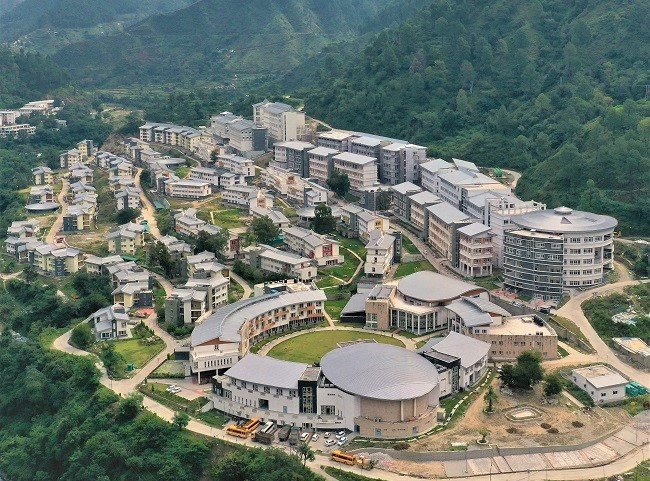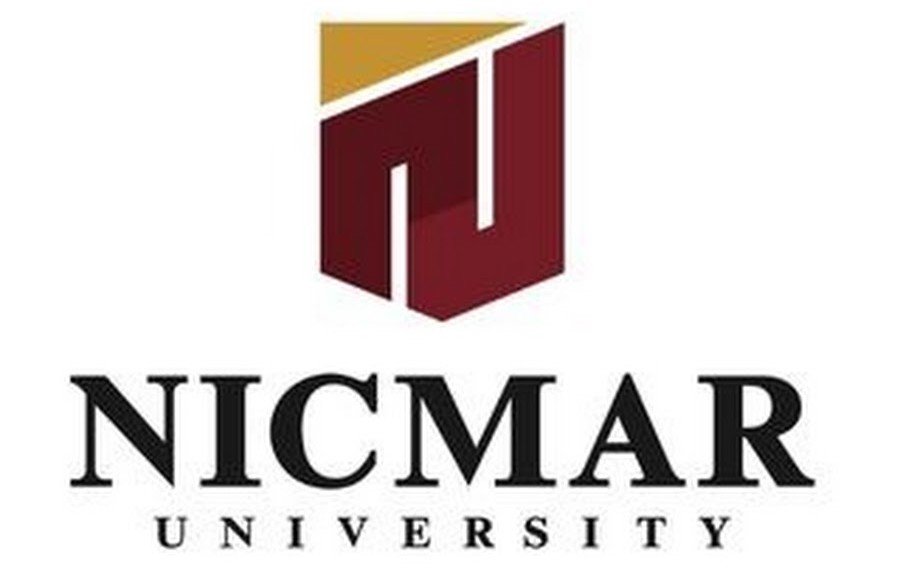The research work has been published recently in ACS Applied Nano Materials
Prof Pradip K Maji and his team at Indian Institute of Technology Roorkee (IIT Roorkee), Department of Polymer and Process Engineering, have developed structural colour-based sensors by making structural colour from an unexpected natural resource–agro-waste sugarcane bagasse. It is a structural colour-based stimulus-responsive sensor from Nano-cellulose having implications in intelligent packaging.
The colour of the laminated films comes from a ‘chiral nematic liquid crystal,’ a specific molecular self-assembly that interacts selectively with specific colours of visible light. Prof Maji also emphasised that these sensing chips developed with an agro-waste-derived product show a dramatic change of reflection colour toward particular stimuli.
Today, colour trends in fashion and design include sparkling hues like holographic, pearlescent, and iridescent effects. Also, there is a cost to the environment. This development is a solution to the problem by using renewable resources like sugarcane bagasse.
This is the first demonstration of a photonic film having potential as a candidate material having implications in bio-optical engineering and intelligent packaging. The composite films displayed good visual colour-sensing properties with moderate antibacterial activity for Escherichia coli bacteria. The research work has been published recently in ACS Applied Nano Materials.



